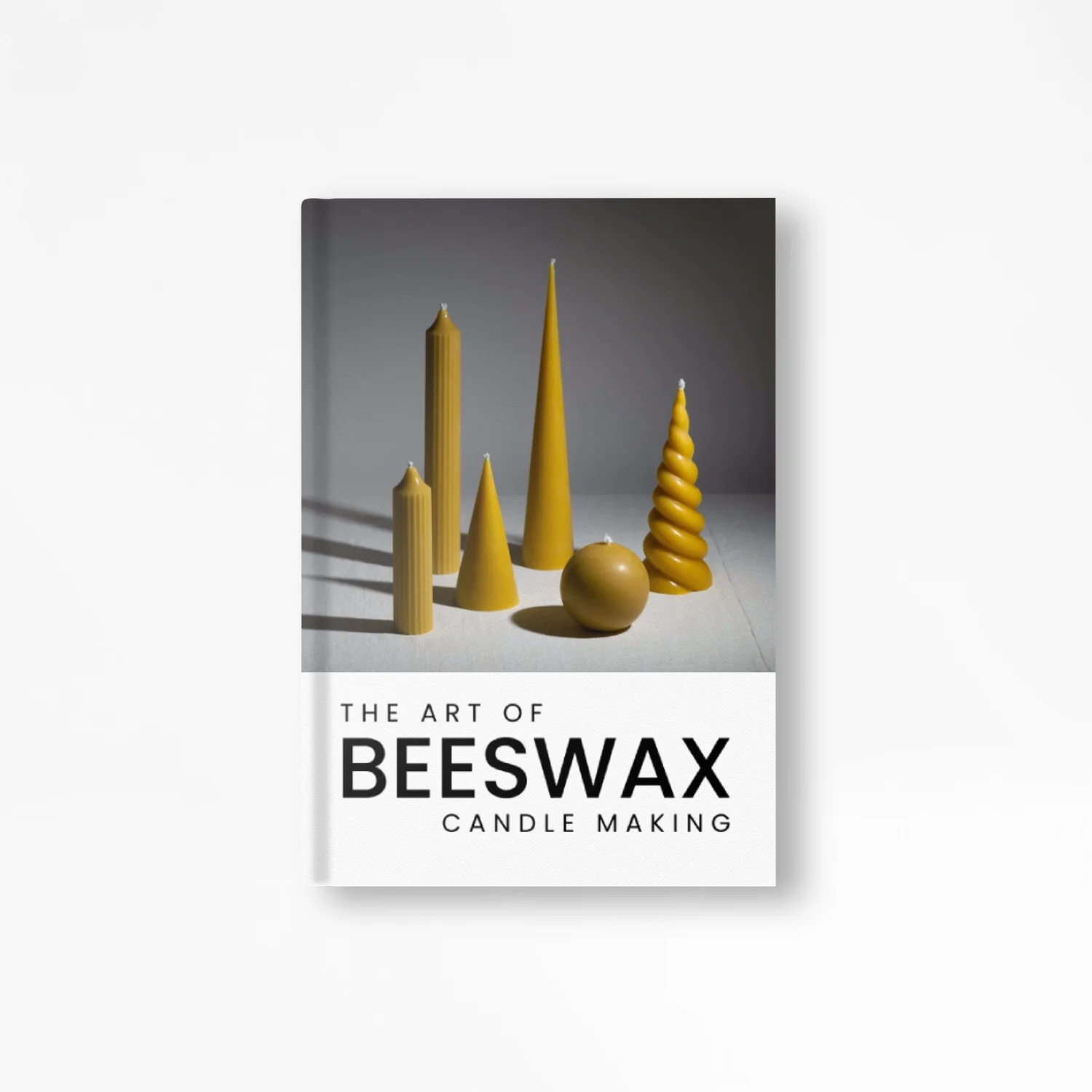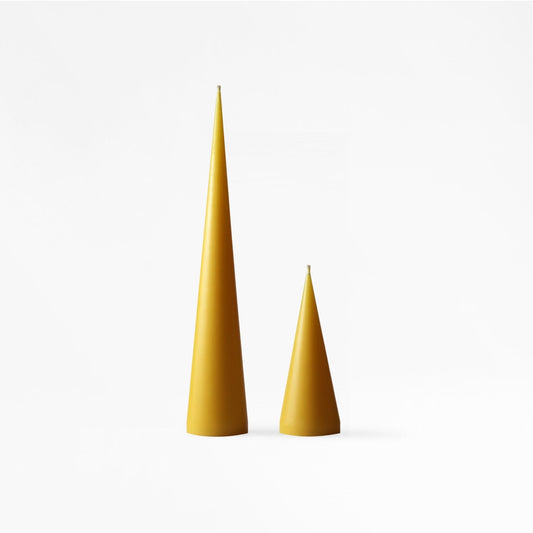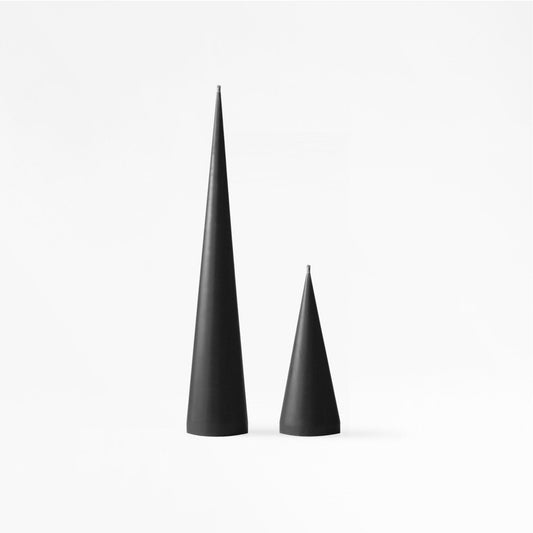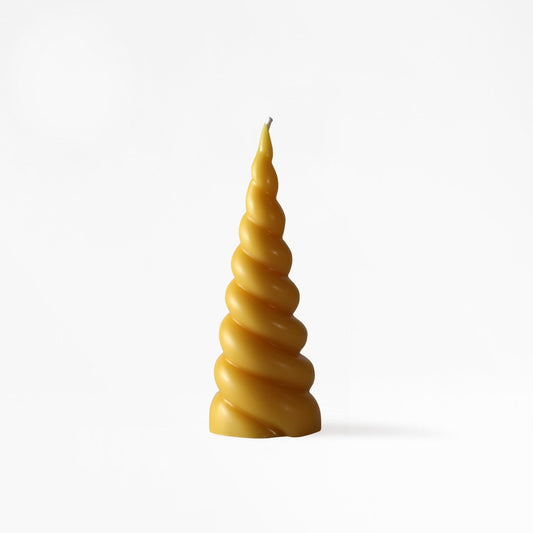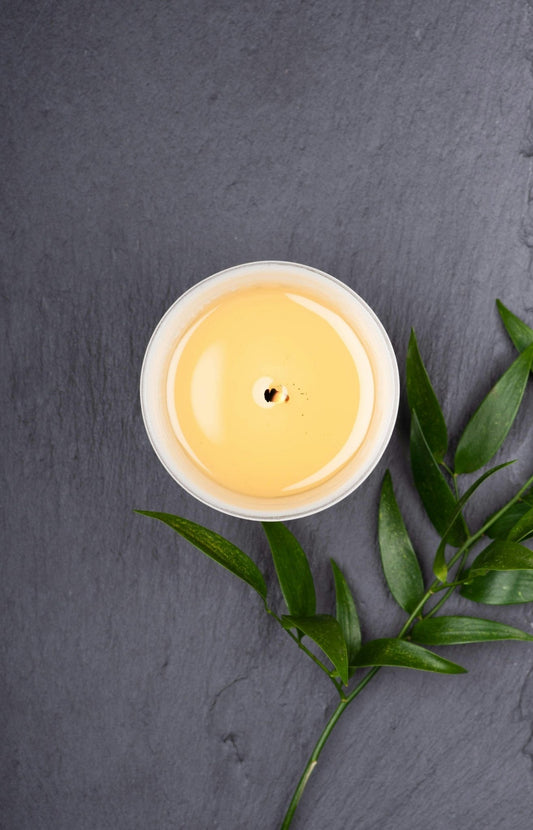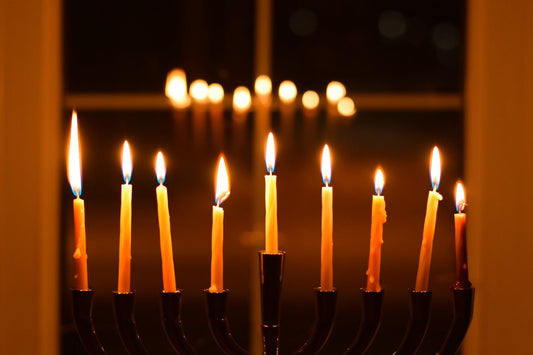Honey bees, with their remarkable social structure and valuable products, have captivated humans for centuries. In this article, we will delve into the fascinating world of honey bees, exploring their history, anatomy, behaviour, and how they were discovered and used as livestock by humans.
History of Honey Bees
Honey bees have a long and storied history dating back thousands of years. They are believed to have originated in Asia, with evidence of their presence found in ancient cave paintings and hieroglyphs. The art of beekeeping, known as apiculture, can be traced back to ancient civilisations such as the Egyptians, Greeks, and Romans, who recognised the value of honey and beeswax.
Anatomy of Honey Bees
Honey bees have a complex and highly specialised anatomy. Here are some key features:
1. Head:
The head of a honey bee contains important structures, including compound eyes, antennae for sensing the environment, and mouthparts for collecting nectar and pollen.
2. Thorax:
The thorax is the middle segment of the honey bee's body and houses the powerful flight muscles. It also has three pairs of legs used for walking, gripping surfaces, and collecting pollen.
3. Abdomen:
The abdomen contains various vital organs, including the digestive system, wax glands used for beeswax production, and the stinger used for defence.
Behaviour of Honey Bees
Honey bees are social insects that live in organised colonies. Here are some key aspects of their behaviour:
1. Division of Labor:
Honey bee colonies consist of three castes: the queen, drones, and workers. Each caste has specific roles and responsibilities within the colony.
2. Communication:
Honey bees communicate through a sophisticated system of pheromones, dances, and vibrations. They use these methods to convey information about food sources, nest locations, and potential threats.
3. Pollination:
Honey bees are important pollinators, facilitating the reproduction of numerous plant species. As they collect nectar and pollen, they inadvertently transfer pollen grains from one flower to another, enabling fertilisation.
Discovery and Use as Livestock
The domestication of honey bees began thousands of years ago when humans recognised the benefits of harnessing their honey and beeswax production. Beekeepers learned to manage and manipulate bee colonies, constructing hives and employing various techniques to encourage honey production.
Throughout history, honey bees have been cherished for their valuable products. Honey has been used as a sweetener, a medicinal ingredient, and even as a form of currency in some ancient societies. Beeswax has been utilised for candles, cosmetics, and various household items.
Today, beekeeping continues to thrive as both a hobby and an industry. Honey bees play a crucial role in pollination, supporting agriculture and food production. They are also essential for the production of honey, beeswax, royal jelly, and other valuable bee products.
Beekeepers employ various techniques to manage honey bee colonies, including hive inspections, pest control, and honey extraction. Modern beekeeping practices focus on sustainability, disease prevention, and maintaining the overall health of honey bee populations.
Conclusion
Honey bees have a rich history intertwined with human civilisation. From ancient times to the present day, these incredible insects have fascinated and benefited humans in numerous ways. Their complex anatomy, intricate behaviour, and valuable products have made them indispensable livestock.
As we continue to appreciate and rely on honey bees, it is crucial to prioritise their well-being and support sustainable beekeeping practices. By protecting their habitats, avoiding pesticide use, and promoting pollinator-friendly landscapes, we can ensure the survival and prosperity of honey bees for generations to come.
Photo by Boba Jaglicic on Unsplash


